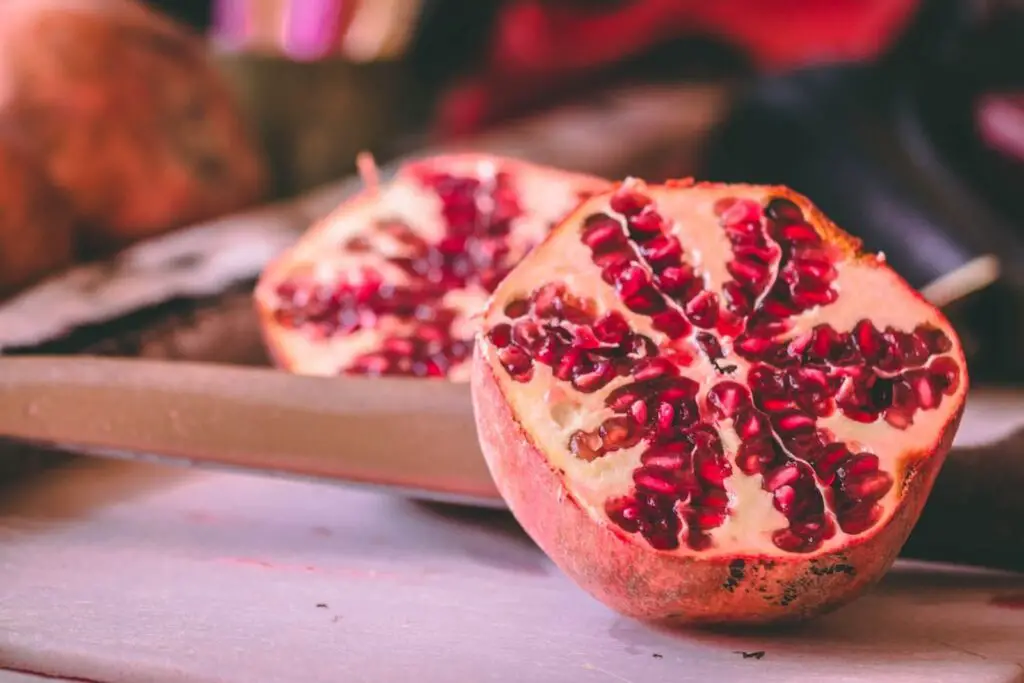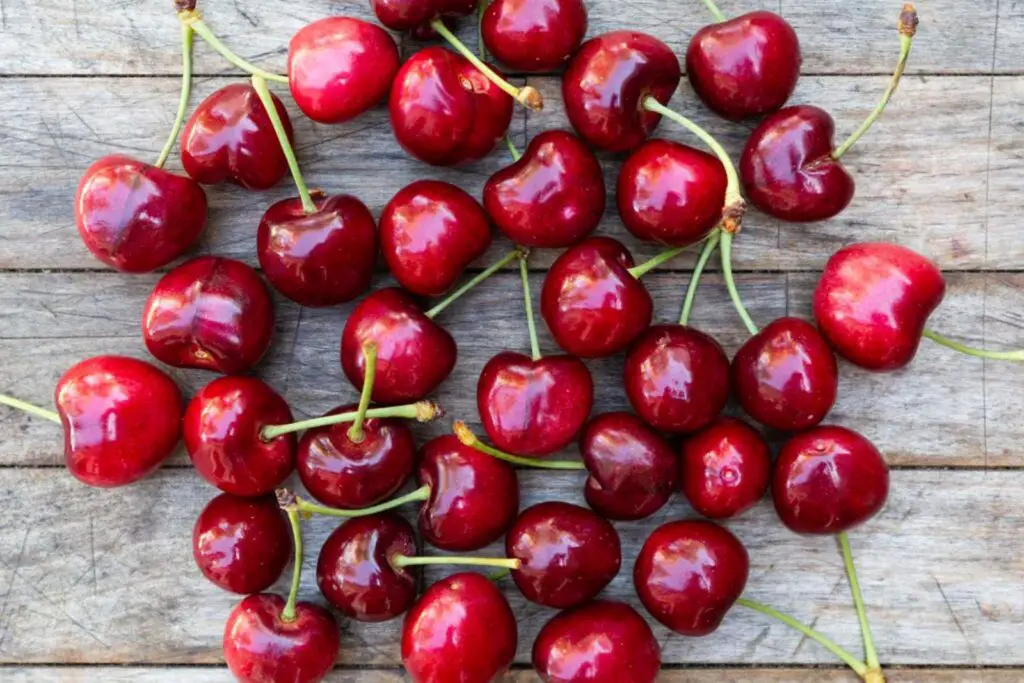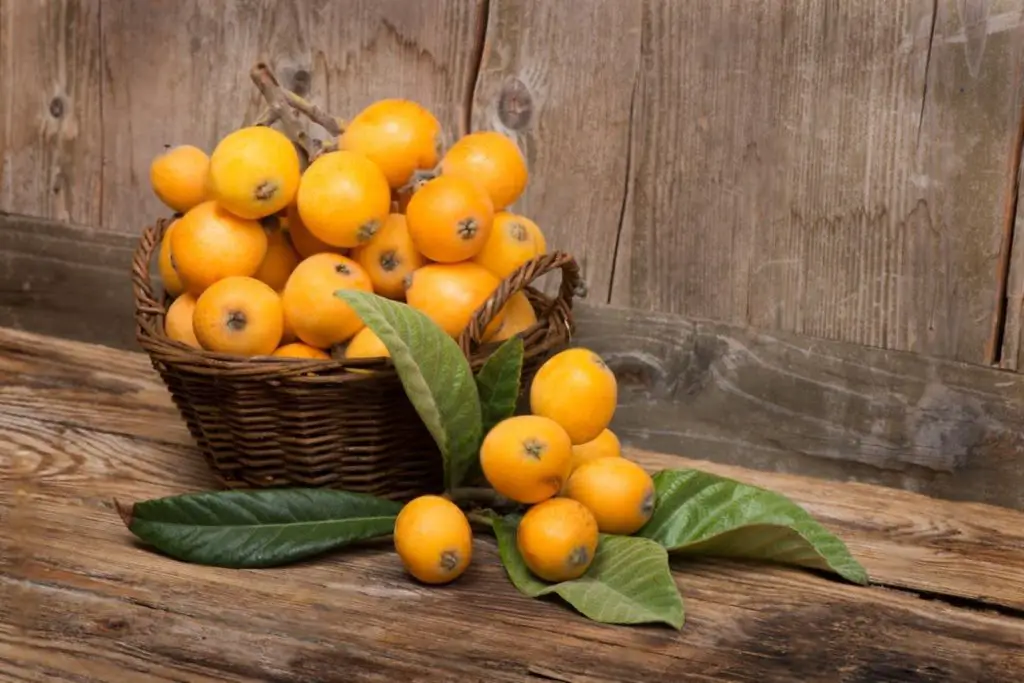
Kumquats are small citrus fruits that resemble miniature oranges. They are known for their unique characteristic of having sweet, edible skin and tart flesh. Kumquats are often eaten whole, providing a delightful combination of sweet and sour flavors in a single bite. Whether you have an abundant kumquat harvest or simply want to prolong their shelf life, freezing is a fantastic way to preserve these delightful fruits. In this article, we will guide you through the process of freezing kumquats while ensuring they retain their freshness, flavor, and nutritional value. Let’s dive in!
Here are the simple steps in freezing kumquats:
Step 1: Select the Perfect Kumquats for Freezing
To ensure the best results when freezing kumquats, it’s essential to choose the right fruit. Here’s a step-by-step guide to selecting the perfect kumquats for freezing:
- Look for Firmness: Select kumquats that are firm to the touch. Avoid fruits that feel soft or mushy, as they may not freeze well.
- Check for Vibrant Color: Choose kumquats that have a vibrant, bright color. Avoid fruits with dull or faded hues, as they may indicate a loss of freshness.
- Inspect for Blemishes: Examine the kumquats carefully and avoid any fruits with blemishes, cuts, or bruises. Opt for smooth and unblemished kumquats for the best freezing results.
- Ensure No Signs of Decay: Check for any signs of decay, such as mold or rotting spots. It’s crucial to select kumquats that are free from these signs to maintain the quality of the frozen fruit.
- Opt for Fully Ripe Kumquats: Fully ripe kumquats will offer the best flavor and texture after freezing. Look for fruits that have reached their peak ripeness, indicated by their sweet aroma and a balanced blend of sweetness and tanginess.
Remember, choosing firmer kumquats initially will help maintain their texture during the freezing process, as freezing can slightly soften the fruit. By following these guidelines, you’ll ensure that the kumquats you select for freezing will yield the most flavorful and satisfying results when it’s time to enjoy them later.
Step 2: Wash and Prepare the Kumquats
Properly washing and preparing the kumquats before freezing is essential to ensure that they are clean and free from any impurities. Here’s a detailed explanation of the process:
- Rinse under Cool Water: Start by gently rinsing the kumquats under cool running water. This helps remove any dirt, debris, or residues that may be present on the fruit’s surface. Use your hands to gently rub the kumquats while rinsing to ensure thorough cleaning.
- Pat Dry: After rinsing, use a clean kitchen towel to gently pat the kumquats dry. Ensuring that they are dry helps prevent the formation of ice crystals during freezing, which can affect the texture and quality of the fruit.
- Trim Off Stems: Take a small knife and carefully cut off the stems of the kumquats. These stems can be tough and undesirable to eat, so removing them ensures a better eating experience once the kumquats are thawed.
- Discard Bruised or Damaged Kumquats: While preparing the kumquats, inspect them for any signs of bruising or damage. If you come across any kumquats with bruises or visible damage, it’s best to discard them. Damaged fruit can deteriorate faster and may negatively affect the overall quality of the frozen kumquats.
- Leave Skins Intact: It is recommended to leave the skins intact when freezing kumquats. The thin, edible skin of kumquats provides a pleasant contrast to the juicy flesh and adds a burst of flavor. Additionally, the skin helps protect the fruit during freezing and thawing, preserving its texture and preventing excessive moisture loss.
Is it better to freeze kumquats with the peel intact or not?
Freezing kumquats with the peel intact or without the peel depends on personal preference and intended use. Keeping the peel intact can provide added flavor and texture to certain recipes, such as marmalades or preserves. However, if you prefer a smoother texture or plan to use the kumquats in recipes where the peel may not be desired, such as baked goods, removing the peel before freezing can be a better option. Ultimately, the decision should be based on your specific culinary needs and preferences.
Can I freeze kumquat slices or should I freeze them whole?
Both freezing kumquat slices and freezing them whole are viable options, depending on your intended use. Freezing kumquat slices allows for easier portioning and convenience when using them in recipes or as garnishes. On the other hand, freezing kumquats whole helps preserve their shape and texture, making them suitable for certain culinary applications where the whole fruit is desired. Consider your specific needs and preferences to determine the best method for freezing kumquats.
Can I freeze kumquats with the seeds intact?
Yes, you can freeze kumquats with the seeds intact. However, it’s important to note that the texture and taste of the seeds may slightly change during the freezing process. If you prefer seedless kumquats for your recipes, it’s recommended to remove the seeds before freezing. Otherwise, freezing kumquats with the seeds intact is a suitable option, preserving their natural flavor and allowing for various culinary uses.
Step 3: Freeze Kumquats quickly
Flash freezing is a technique that helps preserve the individuality of kumquats while preventing them from sticking together during the freezing process. Here’s a detailed explanation of how to flash freeze kumquats:
- Prepare the Baking Sheet: Line a baking sheet with parchment paper or a silicone mat. This will prevent the kumquats from sticking to the surface and make it easier to remove them once frozen.
- Arrange in a Single Layer: Place the kumquats on the prepared baking sheet in a single layer, ensuring they do not touch each other. This spacing allows for even freezing and prevents the fruits from clumping together.
- Multiple Batches if Necessary: If you have a large batch of kumquats, it’s best to freeze them in multiple batches or use multiple baking sheets. Overcrowding the baking sheet can result in uneven freezing and may cause the kumquats to freeze together.
- Transfer to the Freezer: Once the kumquats are arranged on the baking sheet, transfer the sheet(s) to the freezer. Make sure the kumquats are placed on a flat surface for stability. Allow them to freeze for approximately 1 to 2 hours, or until they are firm to the touch.
Flash freezing the kumquats individually ensures that they freeze quickly and maintain their shape and texture. By preventing them from sticking together, you’ll have the freedom to remove only the desired amount of frozen kumquats for future use without having to thaw the entire batch. This technique helps maintain the quality and integrity of the kumquats, making them easier to work with when it’s time to incorporate them into your recipes.
Step 4: Package and Store Frozen Kumquats
Proper packaging and storage are crucial to maintaining the quality of frozen kumquats over an extended period. Follow these steps to package and store your frozen kumquats:
- Choose Freezer-Safe Containers: Select freezer-safe bags or airtight containers specifically designed for freezing food. These containers help prevent freezer burn, preserve flavor, and maintain the texture of the frozen kumquats.
- Remove Excess Air: If using bags, squeeze out as much air as possible before sealing them. Excess air can lead to the formation of ice crystals and freezer burn, which can negatively affect the taste and texture of the kumquats.
- Label and Date the Containers: It’s essential to label the containers with the date of freezing. This will help you keep track of their freshness and ensure that you use the oldest ones first. You can use adhesive labels or simply write the date directly on the containers.
- Store in the Freezer: Place the properly packaged and labeled frozen kumquats in the freezer. Ensure they are stored in a stable position, avoiding any potential crushing or damage. The freezer’s temperature should be set at 0°F (-18°C) or below to maintain the quality of the frozen kumquats.
By packaging the frozen kumquats in suitable containers and removing excess air, you create a protective barrier that minimizes the risk of freezer burn and helps maintain the fruit’s flavor and texture. Properly labeling the containers with the freezing date allows for easy organization and rotation of the frozen kumquats, ensuring you use them within their optimal storage time.
How long can kumquats last in the freezer?
Kumquats can last in the freezer for up to 6 months without significant loss of quality. Properly packaged and stored frozen kumquats can maintain their flavor, texture, and nutritional value during this time. It is recommended to label the containers with the date of freezing for easy reference and to ensure they are used within the optimal storage period.
Step 5: Thaw and Utilize Frozen Kumquats
Thawing the frozen kumquats properly is essential to maintain their texture and flavor. Follow these steps to thaw and utilize your frozen kumquats:
- Thaw in the Refrigerator: Transfer the desired amount of frozen kumquats from the freezer to the refrigerator. Allow them to thaw slowly in the refrigerator overnight or for several hours. This gradual thawing process helps preserve the texture and flavor of the fruit.
- Handle with Care: Once the kumquats are thawed, handle them gently to avoid any damage or mushiness. The flesh of the kumquat may become slightly softer after freezing and thawing, but their unique taste and aroma will remain intact.
- Explore Culinary Possibilities: Thawed kumquats can be utilized in a variety of ways to add a burst of flavor to your dishes. They make a delightful addition to desserts such as pies, tarts, cakes, and fruit salads. Their tangy flavor can also enhance beverages like cocktails, infused water, or teas. Additionally, they can be used to create flavorful sauces, preserves, or chutneys. Experiment with different recipes to make the most of your thawed kumquats.
- Consider Texture and Presentation: Depending on the intended use, you may want to consider the texture and presentation of the kumquats. Thawed kumquats are softer and juicier, which can be ideal for sauces or mashing into purees. For garnishing purposes, you may want to keep a few frozen kumquats aside to slice or zest while still frozen, adding a beautiful touch to your dishes.
Thawed kumquats retain their distinctive sweet and tangy flavor, allowing you to enjoy their citrusy goodness even when they’re out of season. By thawing them slowly in the refrigerator and exploring various culinary possibilities, you can make the most of their vibrant taste and versatile nature. So, let your creativity flow and savor the deliciousness of thawed kumquats in your favorite recipes.
Can I use frozen kumquats directly in recipes without thawing?
Yes, you can use frozen kumquats directly in recipes without thawing them first. Frozen kumquats work well in cooked dishes such as jams, sauces, or baked goods where the texture changes during the cooking process. However, if you plan to use them as a fresh garnish or in salads, it’s recommended to thaw them first to enjoy their optimal texture and flavor.
Other related questions
Can I refreeze kumquats?
Refreezing kumquats is generally not recommended. Once thawed, kumquats undergo changes in texture and moisture content, which can lead to a loss of quality upon refreezing. It is best to consume or utilize the thawed kumquats promptly to ensure the best taste and texture.
How do I know if the kumquats have gone bad after being frozen?
After being frozen, it’s important to assess the quality of kumquats before consuming them. Signs of spoilage in frozen kumquats include freezer burn, changes in color, texture, or flavor, and the presence of mold or an off-putting odor. If the kumquats exhibit any of these indicators, it is advisable to discard them to avoid consuming spoiled fruit.
Can I freeze kumquats with sugar or syrup?
Yes, you can freeze kumquats with sugar or syrup. The addition of sugar or syrup helps preserve the fruit’s flavor and texture during the freezing process. Simply prepare a sugar or syrup solution, combine it with the kumquats, and then freeze them in suitable containers. The sugar or syrup acts as a natural sweetener and helps maintain the overall quality of the kumquats when thawed for future use.








